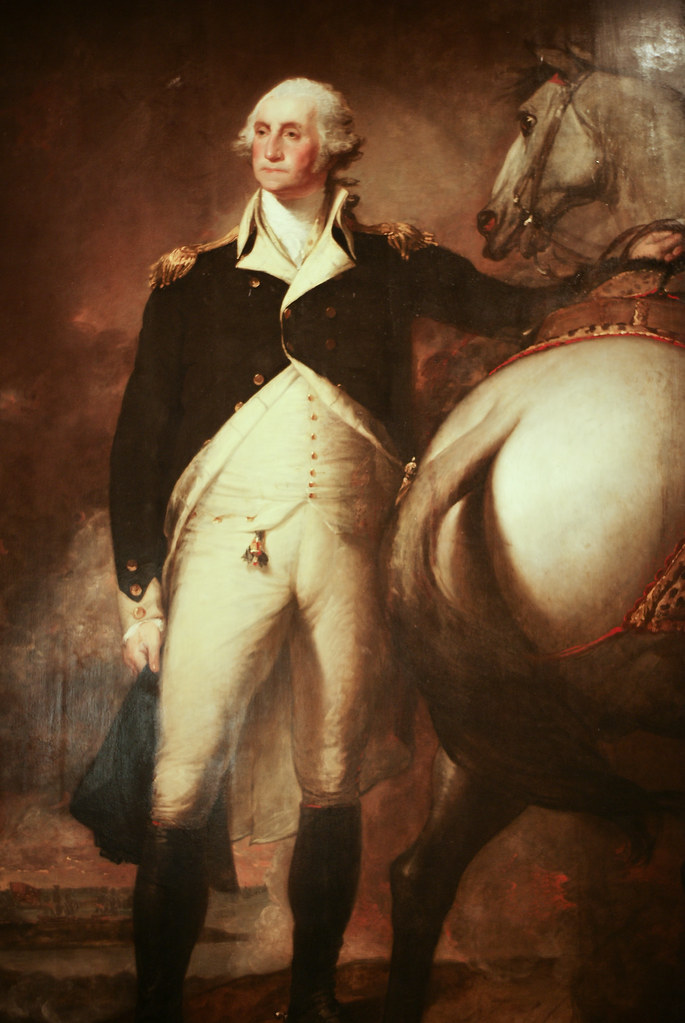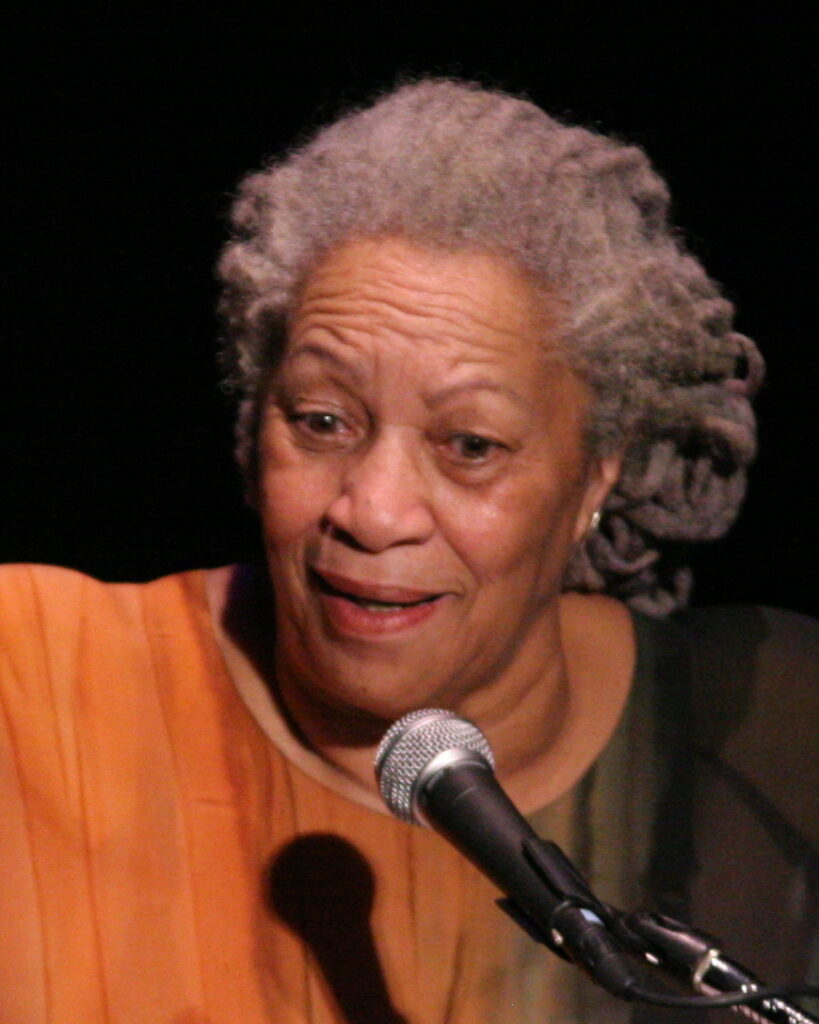
Alright, buckle up, because we’re about to dive deep into a novel that’s not just a book, it’s an entire universe of emotion, history, and raw human experience. We’re talking about Toni Morrison’s “Beloved,” a Pulitzer Prize-winning masterpiece that hit the literary scene in 1987 and has been shaping minds and hearts ever since. If you thought stories were just stories, this one will make you rethink everything you thought you knew about love, loss, and the enduring spirit.
“Beloved” is set in the unsettling period after the American Civil War, and it plunges us into the tumultuous world of a formerly enslaved family whose Cincinnati home is, quite literally, haunted. This isn’t your average ghost story; it’s a profound exploration of memory, trauma, and the relentless echoes of a past that refuses to be forgotten. Inspired by the true, heartbreaking life of Margaret Garner, a slave who escaped Kentucky to Ohio in 1856 and made an impossible choice to spare her children from re-enslavement, Morrison crafted a narrative that is as vital and relevant today as it was when it was first published.
Ready to explore the layers of this incredible work? From the central figures who anchor this harrowing tale to the themes that ripple through every page, we’re breaking down 14 essential elements that make “Beloved” an unforgettable read. Get ready to have your perspective shifted and your understanding of resilience deepened, because these insights into the world of 124 Bluestone Road are truly something else.
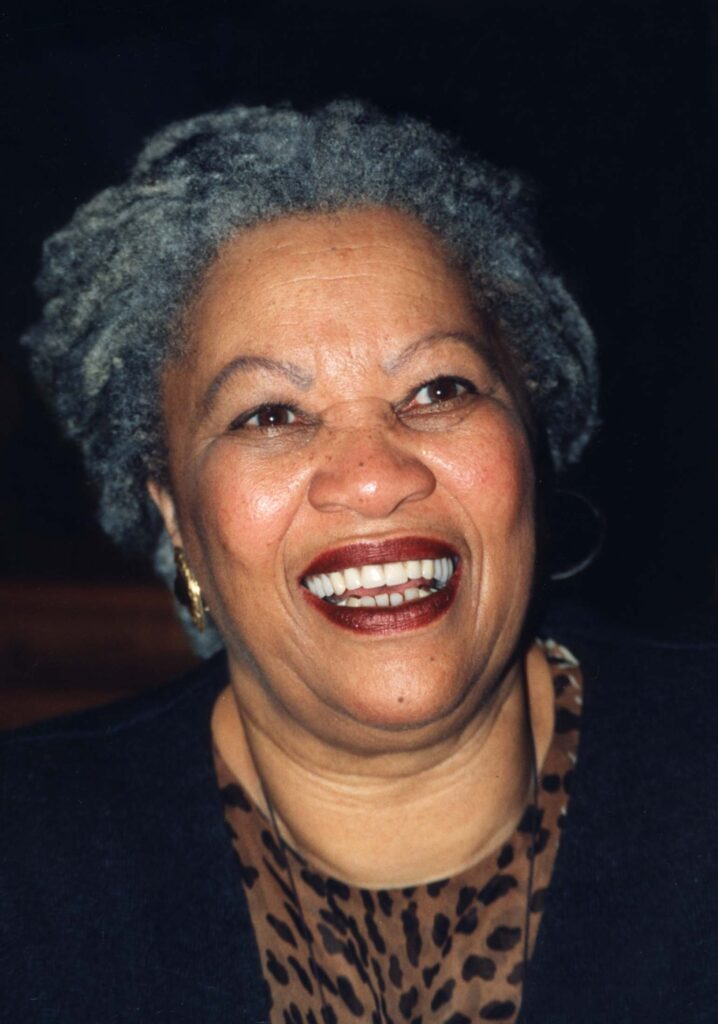
1. **Sethe: The Unforgettable Protagonist Defined by a Tree on Her Back**Let’s kick things off with Sethe, the fierce, resilient, and utterly complex protagonist of “Beloved.” She’s not just a character; she’s a force of nature, shaped by the brutal realities of her past as an enslaved woman on a plantation ominously named Sweet Home. From the very beginning, we find Sethe residing at 124 Bluestone Road in Cincinnati, a house that is as much a character as anyone else, haunted by the ghost of her infant child – a child she tragically killed.
Sethe’s existence is a testament to the indelible marks left by trauma. Her body carries the physical scars of slavery, most notably “a tree on her back” – the horrifying result of being whipped. This “tree” is more than just a physical wound; it’s a symbolic representation of the deep-rooted pain and oppression she has endured, a constant reminder etched into her very being. She’s a mother who will stop at nothing to shield her children from the same abuses she suffered, showcasing a maternal passion that is both protective and, at times, dangerously all-consuming.
Her character is a poignant study in resilience, yet she remains fundamentally defined by her traumatic past. Sethe is a woman living in the present while constantly battling the specters of yesterday, her memories forming a labyrinth from which she desperately seeks an escape. Her story is a powerful reminder of how the past, especially one as harrowing as slavery, can shape and shadow every aspect of a person’s life, influencing their actions, fears, and hopes in profound ways.
Read more about: Unraveling the Heartbreak: Characters from Toni Morrison’s ‘Beloved’ Who Still Haunt Us

2. **Beloved: The Enigmatic Figure Who Embodies the Past**Then there’s Beloved, the character who lends her name to the novel and embodies its central mystery. She’s not just a person; she’s a palpable presence, a force of memory and unresolved grief. Her arrival is as sudden as it is unsettling: she mysteriously appears from a body of water, soaking wet, on the doorstep of 124 Bluestone Road, discovered by Sethe, Paul D, and Denver as they return from a carnival. They take her in, unknowingly welcoming the past into their lives.
Beloved is widely believed to be the murdered baby who haunted 124, a theory solidified by the fact that the haunting abruptly ends with her arrival. Her childlike behavior and insatiable demands only add to this eerie conviction. Toni Morrison herself confirmed that “the character Beloved is the daughter who Sethe killed,” a powerful revelation that deepens the novel’s exploration of guilt, atonement, and the profound longing for what was lost. Her name itself is a testament to Sethe’s impoverished grief, “BELOVED” being all she could afford to engrave on her baby’s tombstone.
Beyond being a literal ghost or a mistaken identity, Beloved serves as a crucial catalyst. She forces the repressed traumas of the family to surface, tearing open old wounds that Sethe, Paul D, and Denver have tried desperately to bury. Yet, her presence is not solely for healing; she also creates an atmosphere of madness in the house, slowly but surely depleting Sethe, consuming her life, and challenging everyone around her to confront the unbearable weight of their history.
Read more about: Unraveling the Heartbreak: Characters from Toni Morrison’s ‘Beloved’ Who Still Haunt Us
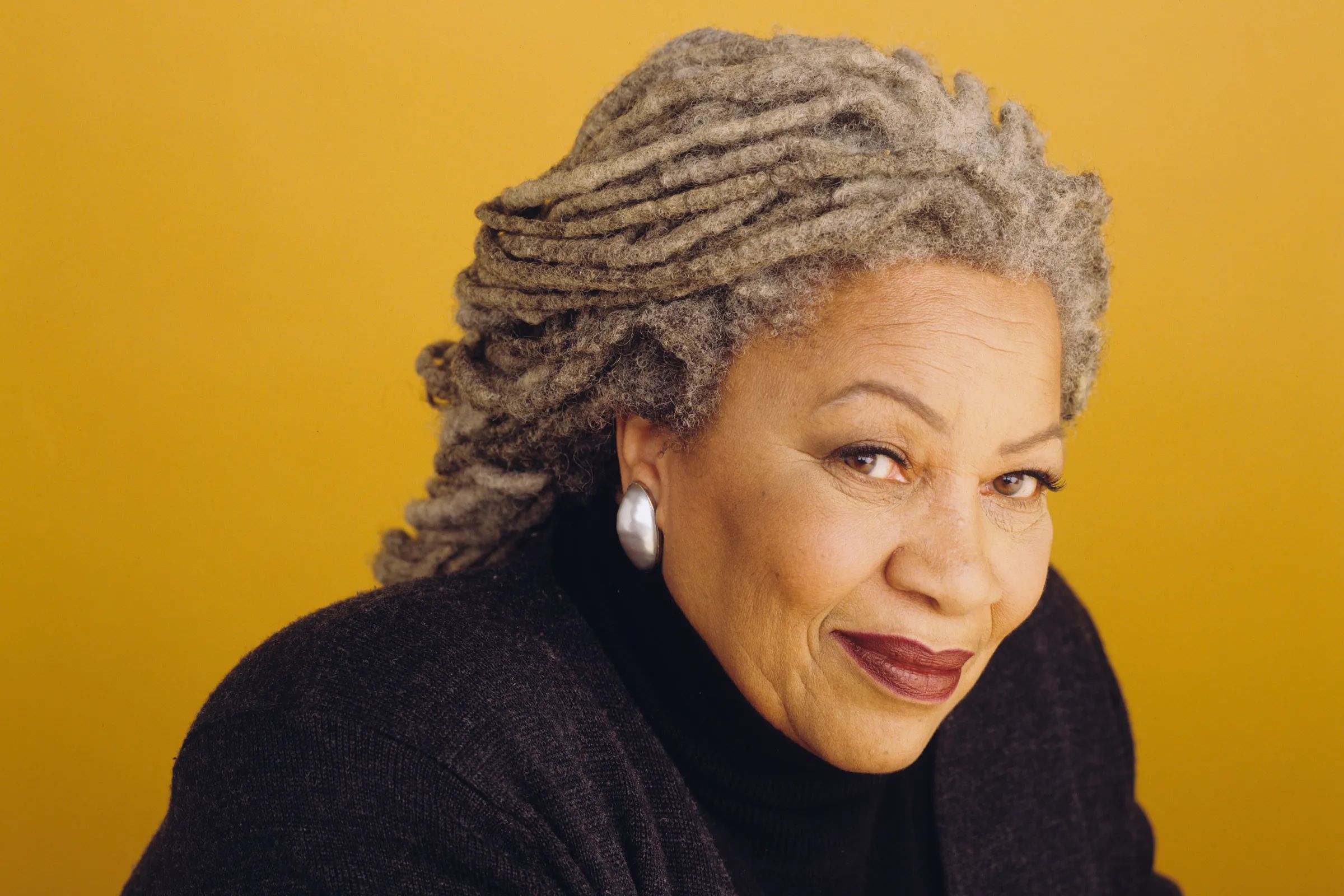
3. **Paul D: The Drifter with a “Tobacco Tin” Heart**Next up is Paul D, one of the formerly enslaved men from Sweet Home, whose journey of survival and struggle adds another vital layer to “Beloved.” His name, like many of the enslaved men at the plantation, is simple, yet his experiences are anything but. He retains vivid, painful memories from his time in slavery and the brutal reality of being forced to live in a chain gang, experiences that have deeply scarred him, both physically and emotionally.
Paul D is characterized by his “tobacco tin” for a heart, a powerful metaphor that perfectly captures his coping mechanism. Into this metaphorical tin, he stuffs his painful memories, locking them away in an attempt to protect himself from their overwhelming weight. He has been constantly moving, drifting from place to place, a restless soul seeking solace and a respite from his past, until he arrives at 124 Bluestone Road and reunites with Sethe.
Their reunion sparks a romantic relationship, a fragile hope for a future untainted by the past. However, Paul D is the first to be suspicious of Beloved, sensing the unsettling energy she brings. Despite their shared history at Sweet Home, he struggles to fully comprehend Sethe’s actions and the depth of her maternal love, particularly her “too thick” love, which she adamantly defends as “no love” if it is thin. His internal battle to open his “tobacco tin” and face his own demons, prompted by Beloved, is a central part of his character arc.
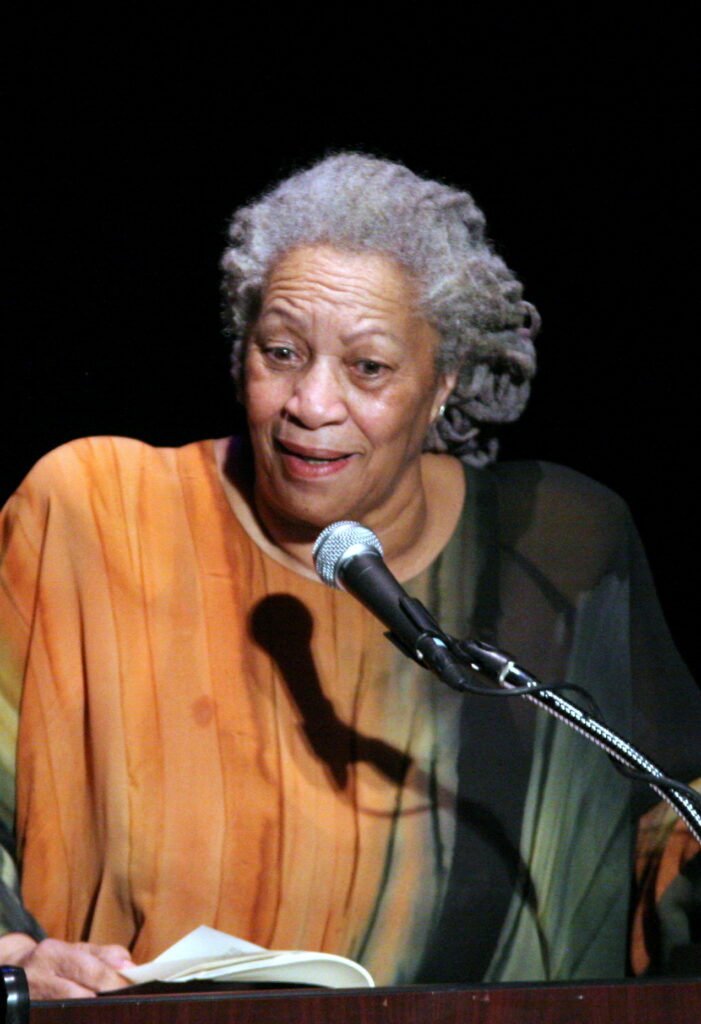
4. **Denver: From Isolated Child to Independent Woman**Let’s turn our attention to Denver, Sethe’s only surviving child who remains at 124 Bluestone Road at the start of the novel. Her life has been one of profound isolation, largely cut off from the Black community due to the horrific act of infanticide committed by her mother. This isolation fosters an intense, almost claustrophobic bond with Sethe, making her entirely dependent on her mother for companionship and identity.
Upon Beloved’s mysterious arrival, Denver’s world shifts dramatically. She initially embraces Beloved, eager to care for the sickly young woman and convinced that this is her older sister, returned from the grave. This newfound companionship brings a brief flicker of joy to Denver’s lonely existence. However, as Beloved’s presence becomes increasingly erratic and demanding, exhibiting what Denver herself recognizes as “demonic activity,” Denver’s perception of her sister, and her mother, begins to change.
Throughout the novel, Denver undergoes a remarkable transformation. Introduced as a shy, friendless, and housebound child, she develops into a protective and independent woman. Her journey culminates in the final chapters when, recognizing the destructive grip Beloved has on Sethe, Denver courageously breaks the cycle of isolation at 124. She steps “off the edge of the world” to seek help from the community, not only fighting for her personal independence but also for her mother’s wellbeing, proving that true heroism often lies in breaking free from familiar confines.
Read more about: Toni Morrison’s ‘Beloved’: An In-Depth Examination of Its Haunting Narrative, Complex Characters, and Profound Themes
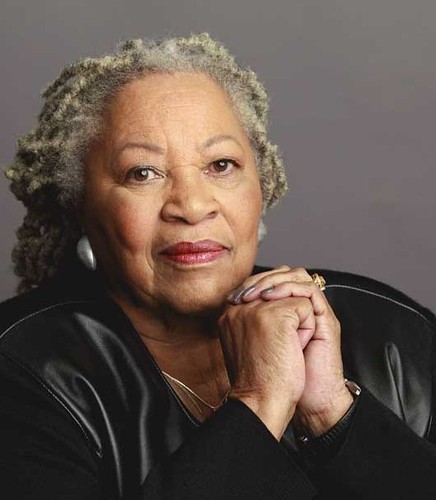
5. **Mother-Daughter Relationships: Love, Trauma, and Individuation**The intricate and often fraught maternal bonds are absolutely central to the narrative tapestry of “Beloved.” Morrison delves deep into how the relationships between mothers and their daughters are profoundly shaped and, at times, distorted by the brutal institution of slavery. Sethe’s maternal passion, born from the terror of seeing her children returned to a life of bondage, leads to the ultimate, heartbreaking act of killing her eldest daughter, Beloved. This act, while unthinkable, was Sethe’s desperate attempt to salvage her “fantasy of the future” – her children – from the horrors of enslavement.
This dangerous maternal passion, however, also inhibits Sethe’s own individuation, preventing the development of her self beyond her role as a protector. Her surviving daughter, Denver, also experiences the devastating ripple effects of this trauma, becoming estranged from the Black community and struggling to find her own path to womanhood. The novel meticulously illustrates how slavery fractured these sacred bonds, with mothers losing their children and enduring unimaginable emotional and physical pain.
Ultimately, the novel suggests that true healing and individuation can only occur when these characters confront and reconcile with their pasts. Denver’s journey towards establishing her own self is aided by Beloved’s arrival and subsequent exorcism, and Sethe too begins to individuate after Beloved’s departure. This allows Sethe to finally accept a relationship that is truly “for her” with Paul D, freeing her from the self-destructive spiral caused by her deeply traumatized maternal bonds.
Read more about: Beyond the Pages: 12 Essential Insights into Toni Morrison’s Pulitzer-Winning Masterpiece, ‘Beloved’
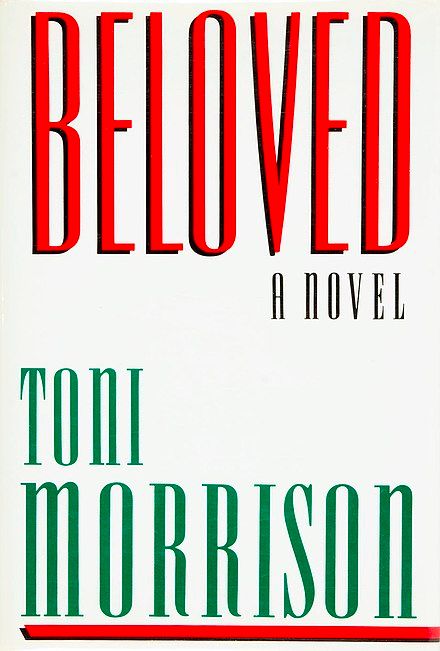
6. **The Psychological Effects of Slavery: A Fragmented Self**One of the most profound and haunting themes in “Beloved” is the devastating psychological impact of slavery. The novel unflinchingly portrays how the unspeakable suffering endured under bondage forces individuals to repress their memories, creating a desperate, often futile, attempt to forget the past. This repression and dissociation, however, come at a steep cost, leading to a fragmentation of the self and a tragic loss of true identity.
Sethe, Paul D, and Denver, each in their own way, embody this loss of self. Their identities are fractured, composed of painful memories that have been denied and kept at bay. The path to healing, Morrison suggests, lies in confronting these “rememories,” articulating the painful events, and reorganizing their past narratives. Beloved, in her enigmatic role, serves precisely this purpose: she forces these characters to unearth their repressed memories, ultimately paving the way for the reintegration of their selves, no matter how agonizing the process may be.
Slavery, the narrative argues, splits a person into a “fragmented figure,” leaving behind a “self that is no self” – an identity defined by painful memories and an unspeakable past. To heal and humanize, one must reconstruct this self in language, to retell and acknowledge the raw, brutal events. The power to remake the self, the novel implies, often lies in an “audience” and in the “word” – for once the narrative changes, so too can the identity. The characters’ struggle to embrace their past, rather than trying to keep it at bay, is at the heart of their quest for wholeness.
Read more about: Unveiling the Layers of Legacy: 11 Jaw-Dropping Insights into Toni Morrison’s ‘Beloved’ That Still Resonate
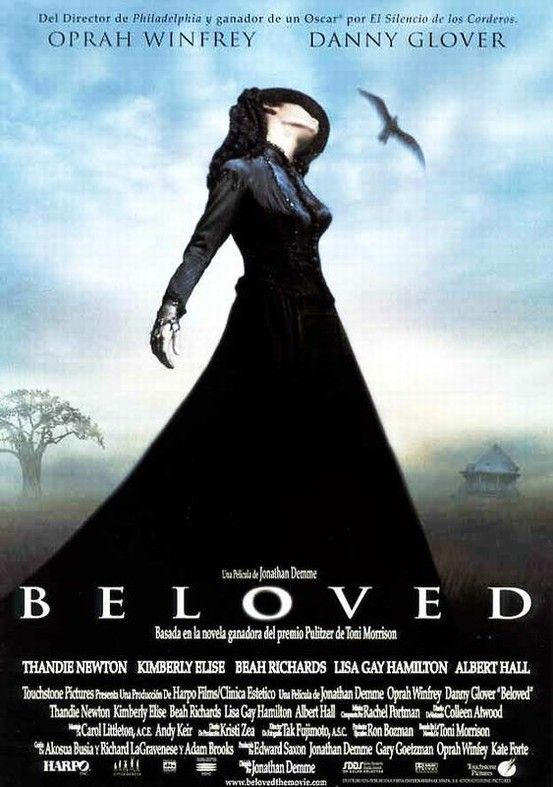
7. **Pain: The Universal Scars and the Search for Beauty**The theme of pain in “Beloved” is not just pervasive; it’s universal, touching every character involved in the horrifying institution of slavery. Whether physical, mental, sociological, or psychological, the scars run deep, leaving an indelible mark on individuals and communities alike. What’s truly compelling is how some characters, grappling with this immense suffering, tend to “romanticize” their pain, attempting to transform each traumatic experience into a turning point or even to find a distorted kind of beauty within it.
This complex interplay with pain is rooted in historical traditions, from early Christian contemplative practices to African-American blues traditions, where suffering is acknowledged, expressed, and sometimes even transmuted. “Beloved” itself functions as a labyrinthine narrative of the systematic torture that formerly enslaved people continued to grapple with long after the Emancipation Proclamation. Characters are “stripped away” from their voices, their narratives, their very language, diminishing their sense of self. Each character’s unique experience with slavery ensures that their stories of pain, while connected, remain distinct and intensely personal.
A powerful example of this romanticization is Sethe’s fixation on a white girl’s description of her whipped scars as “a Choke-cherry tree. Trunk, branches, and even leaves.” She repeats this description to everyone, desperately seeking to imbue her agonizing wounds with a semblance of beauty, even though they represent extreme pain and humiliation. However, other characters, like Paul D and Baby Suggs, react with disgust, denying this beautification of suffering. This dynamic extends to Beloved herself; Sethe, blinded by the hope of her daughter’s return, welcomes Beloved into her home, even as Paul D and Baby Suggs sense the pain and danger she represents, highlighting the divergent ways individuals process and cope with their profound, inescapable pain.
Read more about: Unpacking ‘Beloved’: Why Toni Morrison’s Pulitzer-Winning Masterpiece Still Haunts and Inspires Us Today
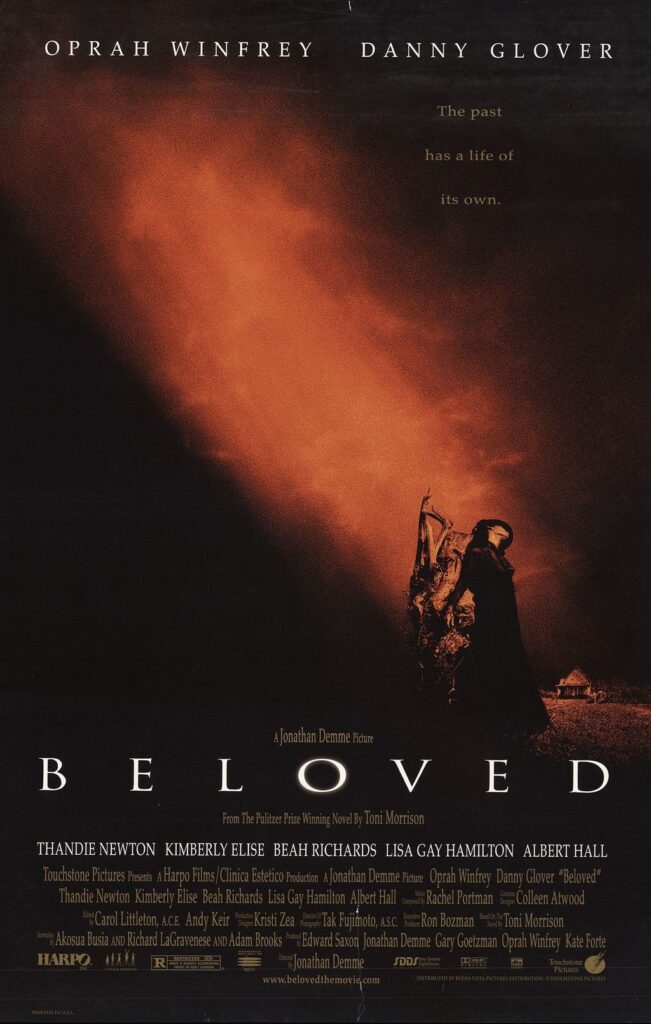
8. **Baby Suggs: The Heartbeat of the Clearing and a Beacon of Self-Love**Okay, get ready to meet Baby Suggs, Sethe’s mother-in-law, whose legacy is just as powerful as her actual presence in “Beloved.” Even though she passes away eight years before the core events unfold, her spirit absolutely *defines* the community and the journey of self-acceptance. Seriously, her son Halle buying her freedom? That’s the ultimate mic-drop of devotion, showing just how deeply she was cherished.
Once free, Baby Suggs didn’t just chill out; she became Cincinnati’s spiritual rockstar. She led these incredible, soul-stirring gatherings in the “Clearing,” preaching a message of radical self-love to formerly enslaved Black people. Imagine hearing this: “Love your flesh, love your hands, love your feet!” It was a revolutionary call to embrace their bodies and spirits, a direct defiance against a world that tried to dehumanize them. She created a sacred space where healing wasn’t just possible, it was *mandated*.
But even the strongest spirits can be broken. Baby Suggs’ generosity, turning a few humble berries into a full-blown feast, stirred up envy and fear in the community, not gratitude. Add Sethe’s unspeakable act of infanticide to the mix, and it was just too much. She retreated to her bed, choosing to see only “pretty colors” in her final years, a heartbreaking symbol of a spirit overwhelmed. Yet, her powerful sermons, especially her insistence on self-love, echo through the entire novel, a reminder of what was lost and what must be reclaimed.
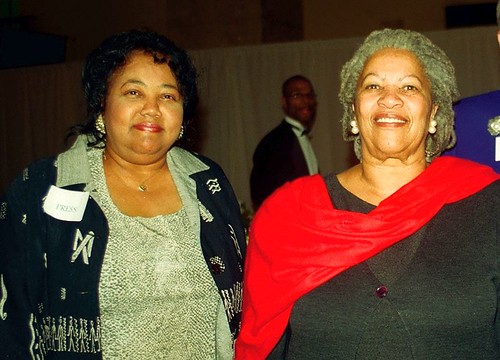
9. **Halle: The Sweet Home Man Who Saw Too Much**Next up, let’s talk about Halle, Sethe’s husband and Baby Suggs’ devoted son. You might only catch him in flashbacks, but trust us, his story is *key* to understanding the absolute devastation slavery wrought on families. This man was so dedicated, he literally *bought his own mother’s freedom*! That’s not just love; that’s monumental sacrifice, proving his deep goodness and unwavering strength in a world that sought to crush both.
Halle and Sethe’s marriage at Sweet Home was a rare, precious thing – a tiny spark of humanity in a landscape of horror. But their bond was violently ripped apart during Sethe’s escape. The last Paul D sees of him, Halle is “churning butter” – a seemingly ordinary task that hides an unimaginable trauma. Here’s the chilling part: Halle is presumed to have lost his mind after witnessing the horrific violation of Sethe by Schoolteacher’s nephews. Yep, the unspeakable.
His descent into madness isn’t just a plot point; it’s a stark, brutal illustration of slavery’s psychological warfare, shattering minds and spirits alongside bodies. Baby Suggs, with that sharp motherly instinct, had a terrible premonition: Halle’s kindness and diligence made him a prime target for the system’s cruelty. His tragic fate screams volumes about how slavery broke Black men, leaving them powerless to protect their loved ones, no matter how fiercely they tried. It’s a gut-wrenching reminder of the true cost of “Sweet Home.”
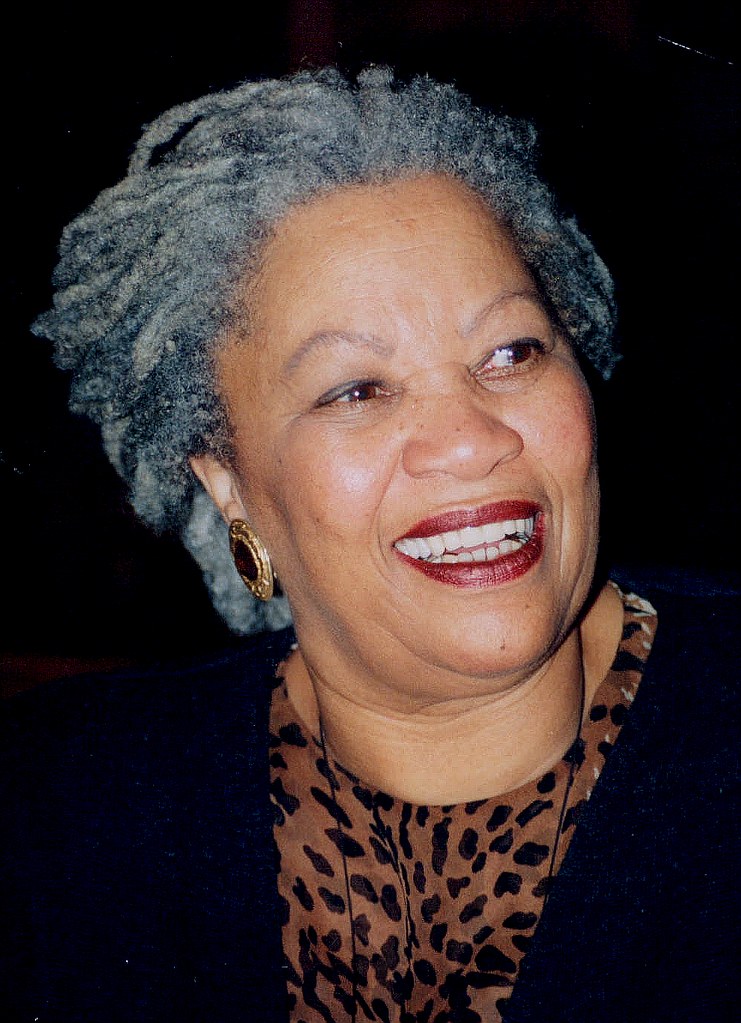
10. **Schoolteacher: The Nightmare of “Scientific” Cruelty**Prepare to meet the true villain of the piece, not some supernatural ghoul, but the all-too-human embodiment of evil: Schoolteacher. This guy isn’t just a bad dude; he’s the *system* itself, chillingly personified. As the primary discipliner at Sweet Home, his actions are a masterclass in calculated brutality, treating enslaved people not as humans, but as objects for his twisted “scientific” study. It’s truly horrifying.
His arrival at Sweet Home wasn’t just a new boss; it was an upgrade in terror, ushering in an era of “rationalized” torment. Schoolteacher meticulously “studies” and categorizes the enslaved, scribbling notes in a ledger that reduce their very existence to cold, biological observations. This “scientific” veneer is the ultimate gaslighting, denying their humanity and making their unimaginable suffering seem like a clinical inevitability. Pure, unadulterated chilling.
And here’s where he really twists the knife: it’s Schoolteacher’s relentless hunt for Sethe that pushes her to that unthinkable act of infanticide. Her sheer terror of returning to Sweet Home and facing his viciousness is so profound that she believes killing her child is the only way to spare them. He’s not just a character; he’s the living, breathing monster of the institution, forcing a loving mother to commit the ultimate sacrifice to protect her babies from its suffocating grip.
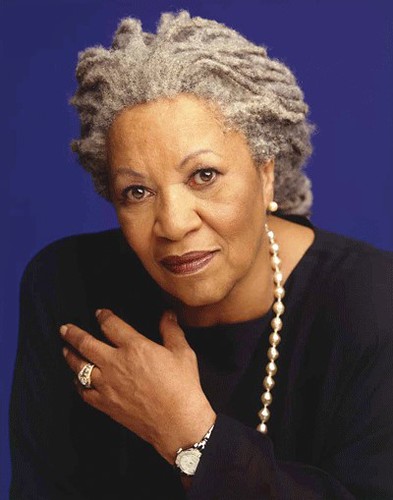
11. **Amy Denver: The Unexpected Angel in the Woods**Let’s pause for a moment from the intense darkness to talk about Amy Denver, a young white girl who appears like a beacon of hope when Sethe needs it most. Sethe, remember, is pregnant, battered, and bleeding badly as she flees Sweet Home. Amy? She’s just a white girl on her way to Boston, dreaming of velvet. Talk about contrasting realities! But sometimes, the most unexpected encounters change everything.
Despite the gaping chasm of their experiences and the racial prejudices of the era, Amy steps up in a huge way. She doesn’t just walk past; she *helps*. She cleans and bandages Sethe’s mangled feet, applies poultices, and then, in a moment of sheer, raw humanity, helps deliver Sethe’s daughter on a small boat. This act of kindness is a lightning bolt against the backdrop of Sethe’s brutal past, proving that compassion can pop up in the most unlikely of places.
It’s no small thing that Sethe names her newborn daughter Denver after this young woman. It’s more than just gratitude; it’s a powerful symbol of hope—a belief that human connection, empathy, and grace can sometimes transcend the deepest divisions. Amy Denver, though a fleeting presence, leaves an indelible mark, reminding us that even in the darkest chapters of history, individual acts of goodness can offer a desperately needed moment of relief and a hint of a brighter future.
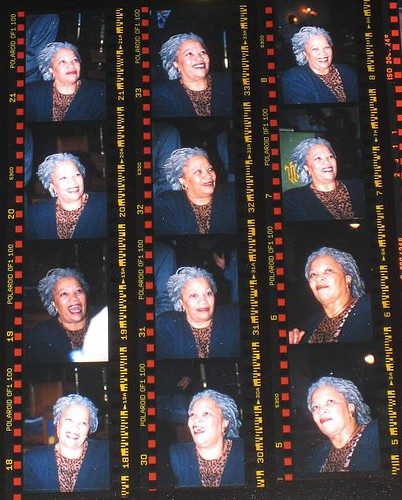
12. **The Definition of Manhood: How Slavery Shredded Black Masculinity**”Beloved” goes *there* when it comes to the brutal dismantling of Black manhood and masculinity. Toni Morrison isn’t just telling a story; she’s dissecting how slavery warped Black men’s sense of self, stripping them of traditional masculine roles and leaving them to battle internal demons. Paul D, our “tobacco tin” heart guy, is the ultimate example of this, trying to piece himself back together after the institution tore him apart.
Morrison’s genius shines through by letting us into Paul D’s “half-formed words and thoughts,” painting a raw, unfiltered picture of his fractured mind. His “tobacco tin” heart isn’t just a cool metaphor; it’s a tragic coping mechanism, a place where he tries to lock away the unspeakable. His dreams? Absolutely shattered by the Jim Crow laws and pervasive racism that followed, boxing Black men into impossible corners and denying them any real chance at their aspirations.
The novel is unflinching in showing how society actively “stripped” Black men of their very “maleness.” Remember Stamp Paid seeing Paul D “…liquor bottle in hand, stripped of the very maleness that enables him to caress and love the wounded Sethe…”? Ouch. Paul D is often found sitting on “foundations” – church steps, tree stubs – a visual metaphor for his forced position at the bottom of a cruel social hierarchy. Black men, the very foundation of labor and society, were simultaneously deemed “lower-status,” making the quest for a meaningful identity a Herculean, often heartbreaking, task.
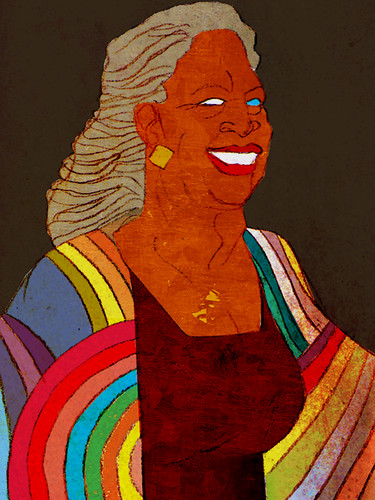
13. **Fragmented Family Structures: The Unseen Scars of Slavery**Let’s be real: family relationships in “Beloved” aren’t just a theme; they’re the *instrument* through which we see the soul-crushing impact of slavery. This brutal system wasn’t just about physical chains; it was about destroying the very fabric of Black families, denying them rights to themselves, their loved ones, and especially their children. The deep, agonizing wounds it inflicted would echo through generations.
Sethe’s choice to kill her daughter, Beloved – yes, it’s horrific, but Morrison frames it as a “peaceful act” in Sethe’s desperate calculus. In her mind, it was the ultimate, albeit tragic, way to save her child from re-enslavement’s horrors. This impossible choice reveals the devastating Catch-22 enslaved mothers faced, forcing them to redefine love and protection in the most extreme, heartbreaking ways, forever fracturing their families, both physically and psychologically.
And it didn’t end with emancipation. Formerly enslaved families remained bruised and broken, grappling with a past that refused to stay buried. With no traditional societal structures to lean on, many found solace in the supernatural, performing rituals and praying for healing and connection. The haunting of 124 by Beloved isn’t just a ghost story; it’s a powerful visualization of how these shattered family bonds manifest as deep, unending mental anguish for Sethe, making the past a living, breathing nightmare in their home.
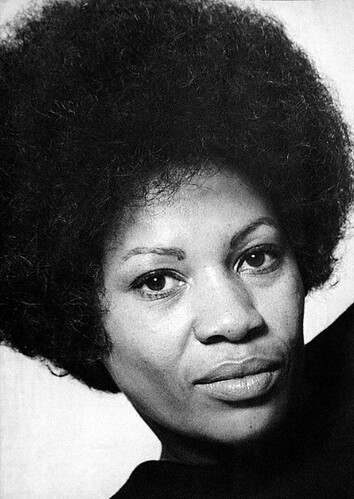
14. **Heroism: Beyond Capes and Superpowers – The Real Courage**Alright, let’s wrap this up by talking about heroism, because “Beloved” completely flips the script on what that even means. Forget your typical caped crusaders; Morrison shows us that real heroism is about standing up for what’s right, against all odds, and inspiring others to break free from their past. It’s messy, it’s personal, and it’s deeply, powerfully human.
Sethe, our fierce protagonist, is the ultimate unconventional hero. Her decision to kill Beloved, a choice that ostracizes her from the community, is *her* ultimate act of protection, fueled by the gut-wrenching terror of Schoolteacher’s return. She doesn’t second-guess herself, declaring, “It ain’t my job to know what’s worse. It’s my job to know what is and to keep them away from what I know is terrible. I did that.” That’s not just bravery; that’s an iron will to save her children from the unspeakable.
And get this: Sethe also helps Paul D heal his own deeply painful past. Her quiet, non-judgmental acceptance allows him to literally *reclaim his manhood*, despite the horrors of his “neck jewelry” scars. Morrison shows us how Sethe, by simply *being* there and not looking away, creates a sanctuary for his healing, proving that true heroism can be a quiet strength that empowers others to confront their trauma and find their way back to wholeness.
Then there’s Denver, who proves that heroes aren’t born, they’re *made* through immense courage. Trapped in isolation at 124, she makes the monumental decision to “step off the edge of the world” to seek help for her mother. This isn’t just a walk; it’s a symbolic leap into the unknown, a profound act of personal valor that rallies the community to unite and finally lift Beloved’s oppressive weight from their home. Her journey from shy child to independent, community-minded woman is truly inspiring!
Read more about: Beyond the Pages: 12 Essential Insights into Toni Morrison’s Pulitzer-Winning Masterpiece, ‘Beloved’
So, what’s the takeaway here? Morrison insists that heroism isn’t about grand gestures or superhuman feats. It’s about the sheer guts it takes to defy society’s expectations, to stare down your own demons, and to make a positive impact on others, helping them shed the crushing burdens of their past. Sethe and Denver, in their utterly unique and challenging ways, embody this powerful, deeply resonant definition of heroism, reminding us that resilience, fierce love, and the courage to forge a new path are the truest superpowers of all. It makes you wonder, doesn’t it? What’s *your* definition of a hero?


